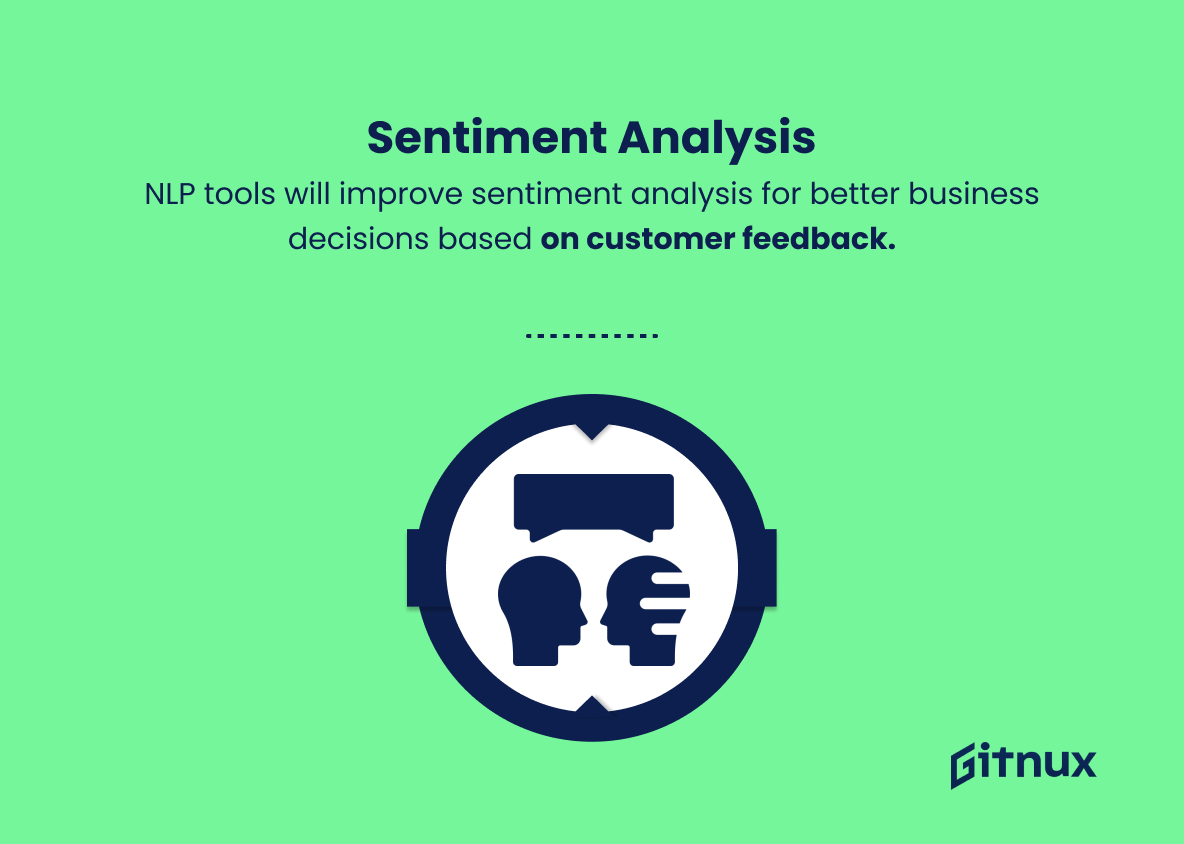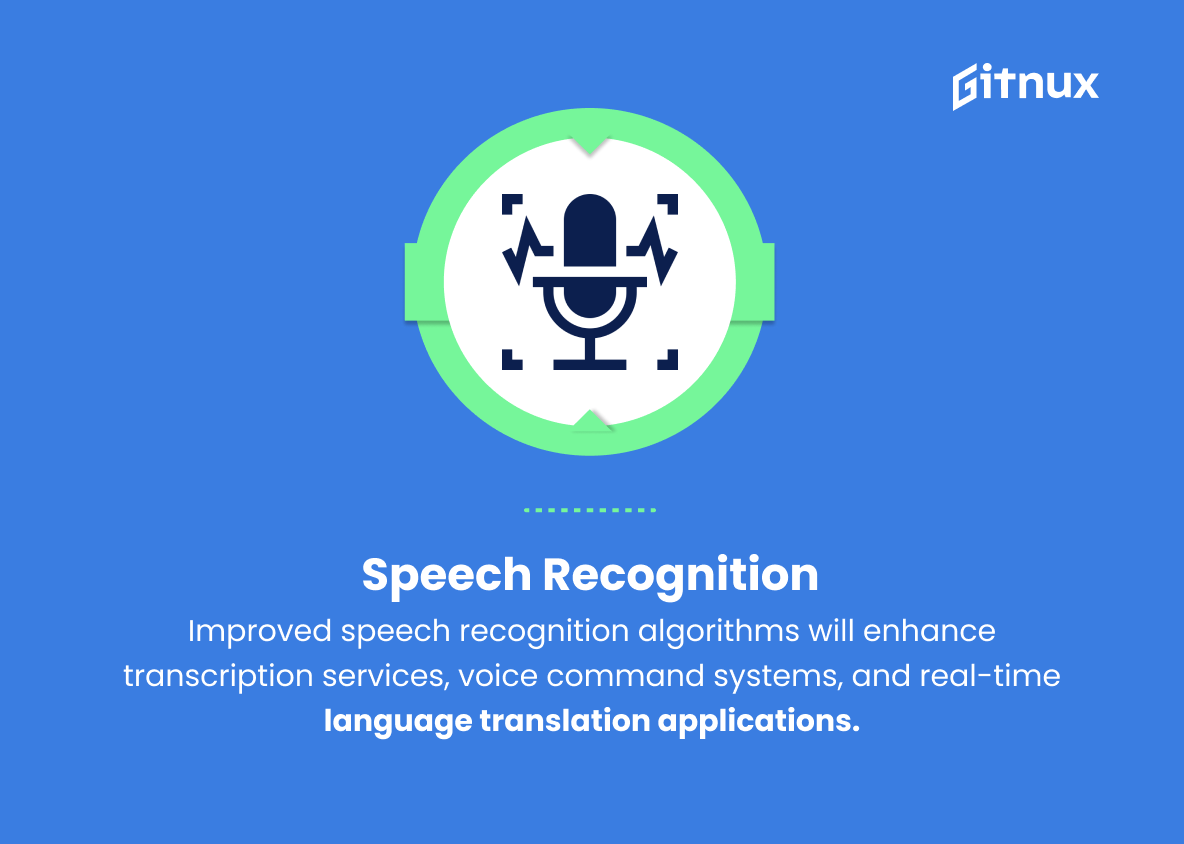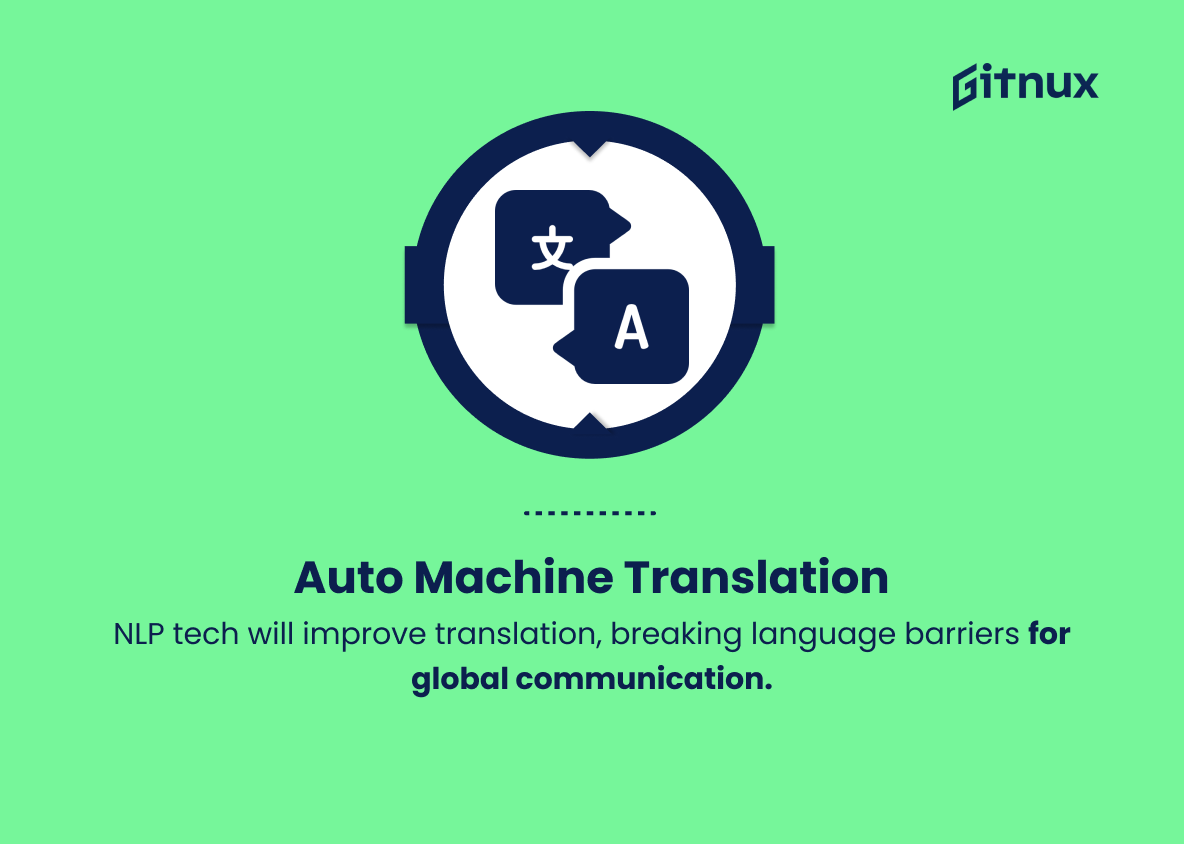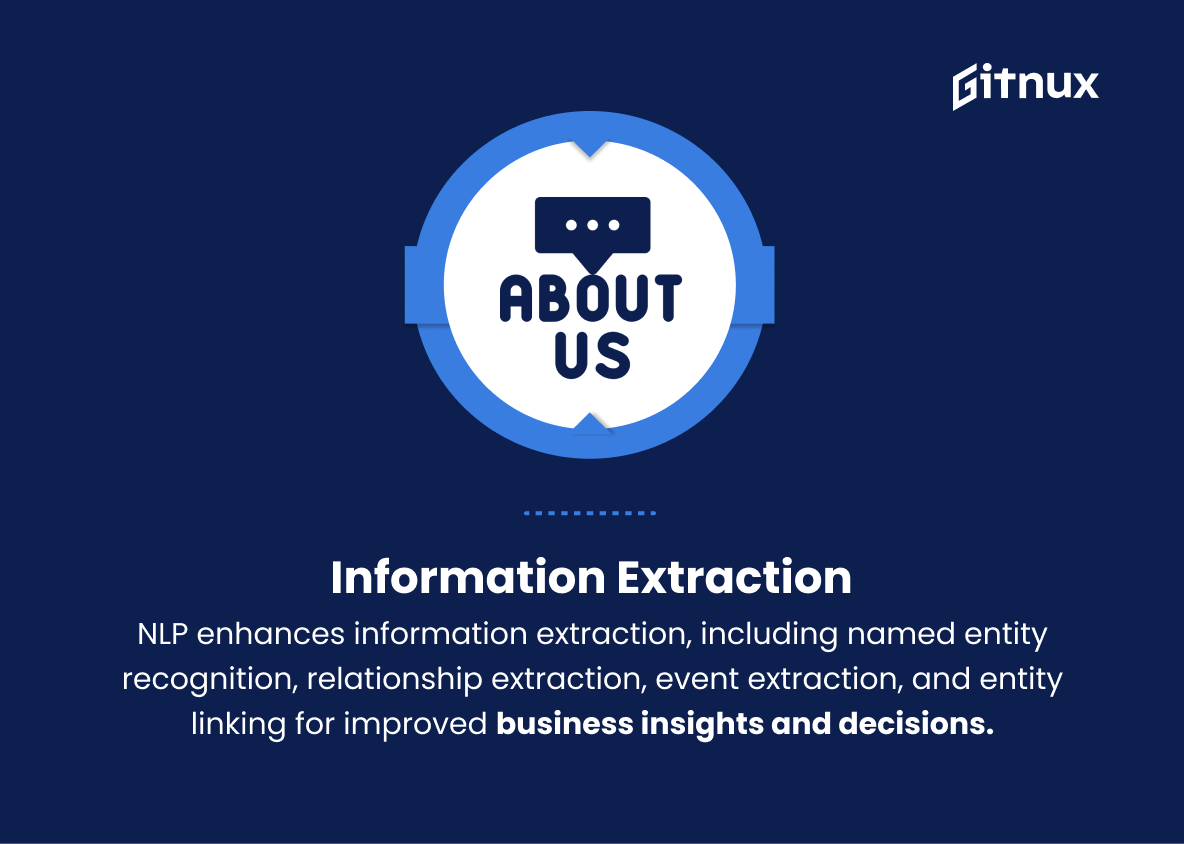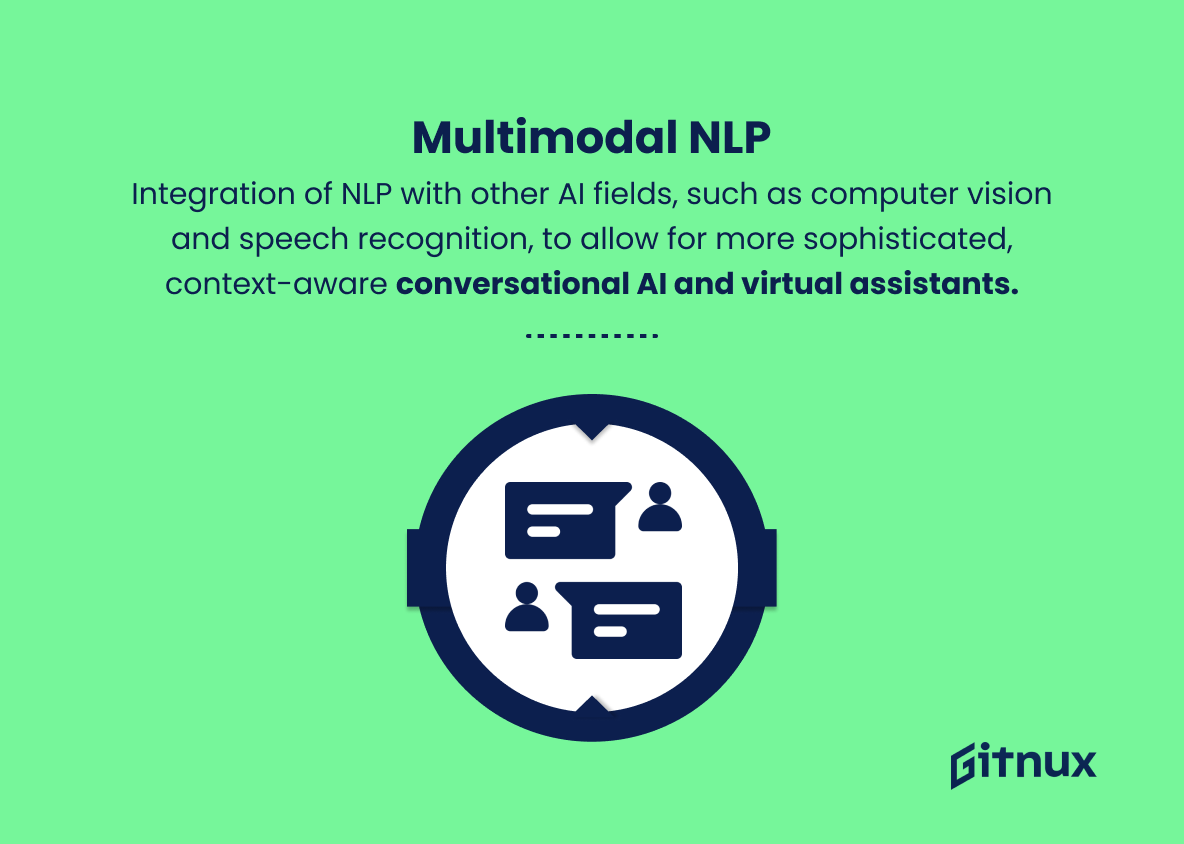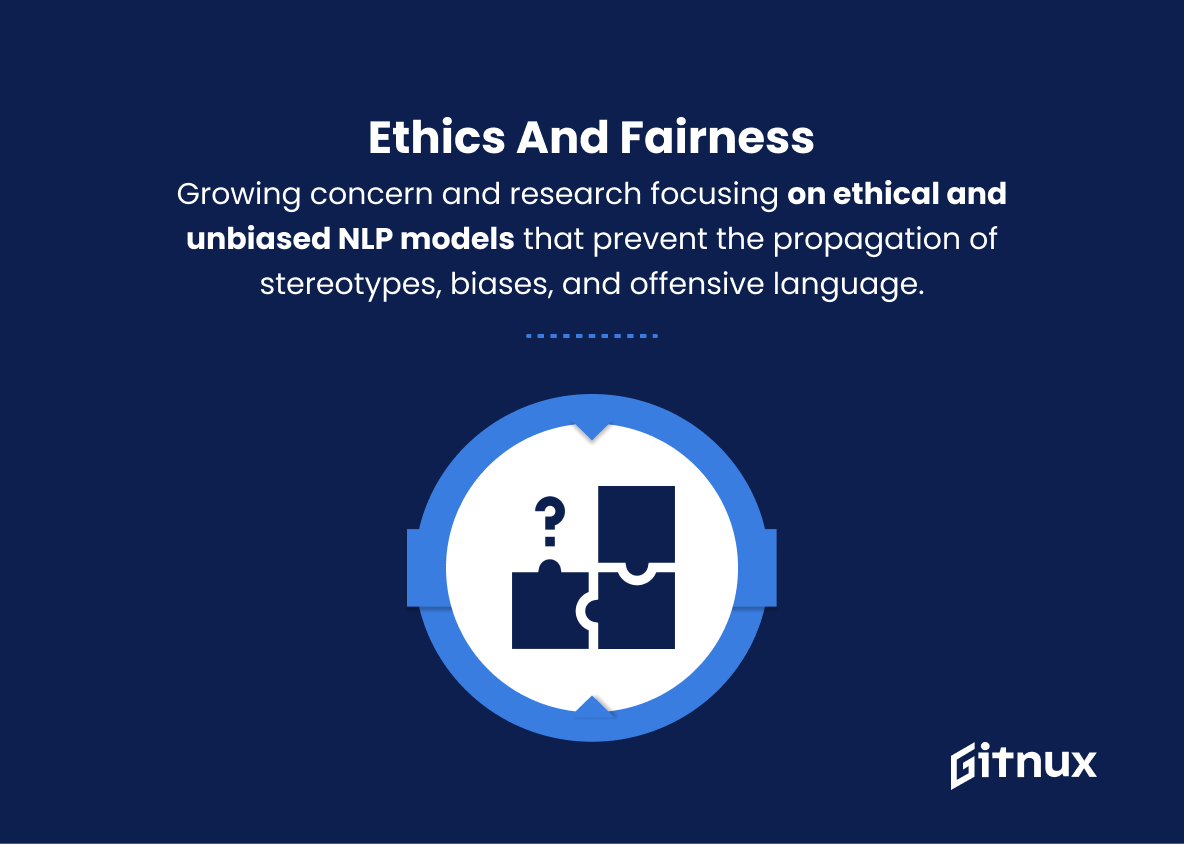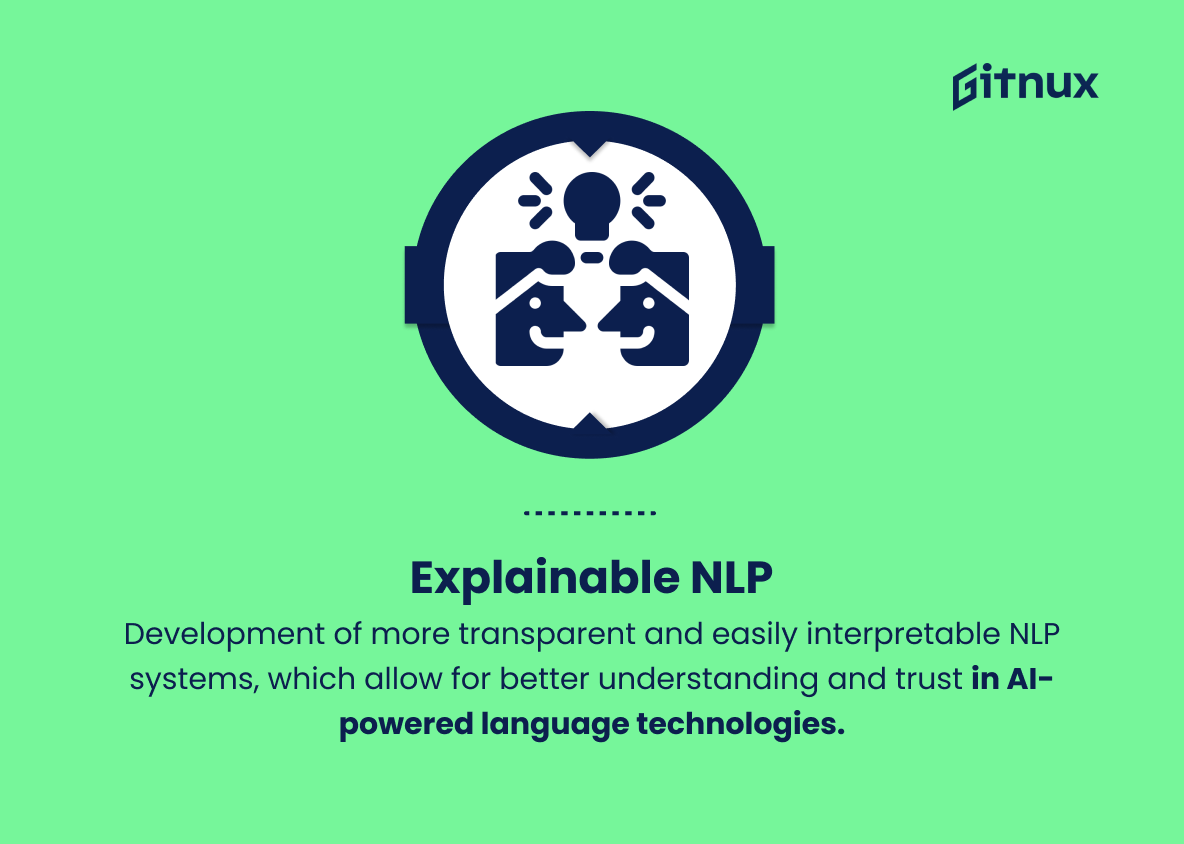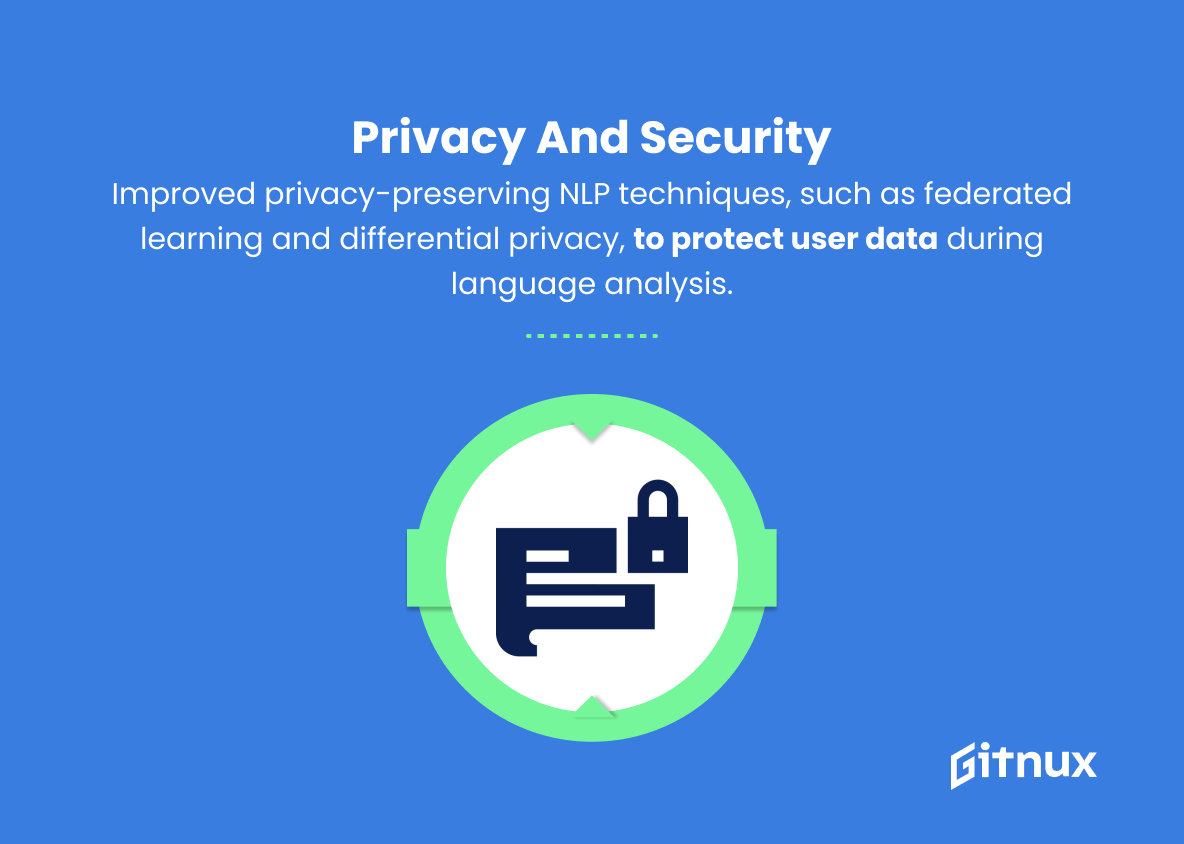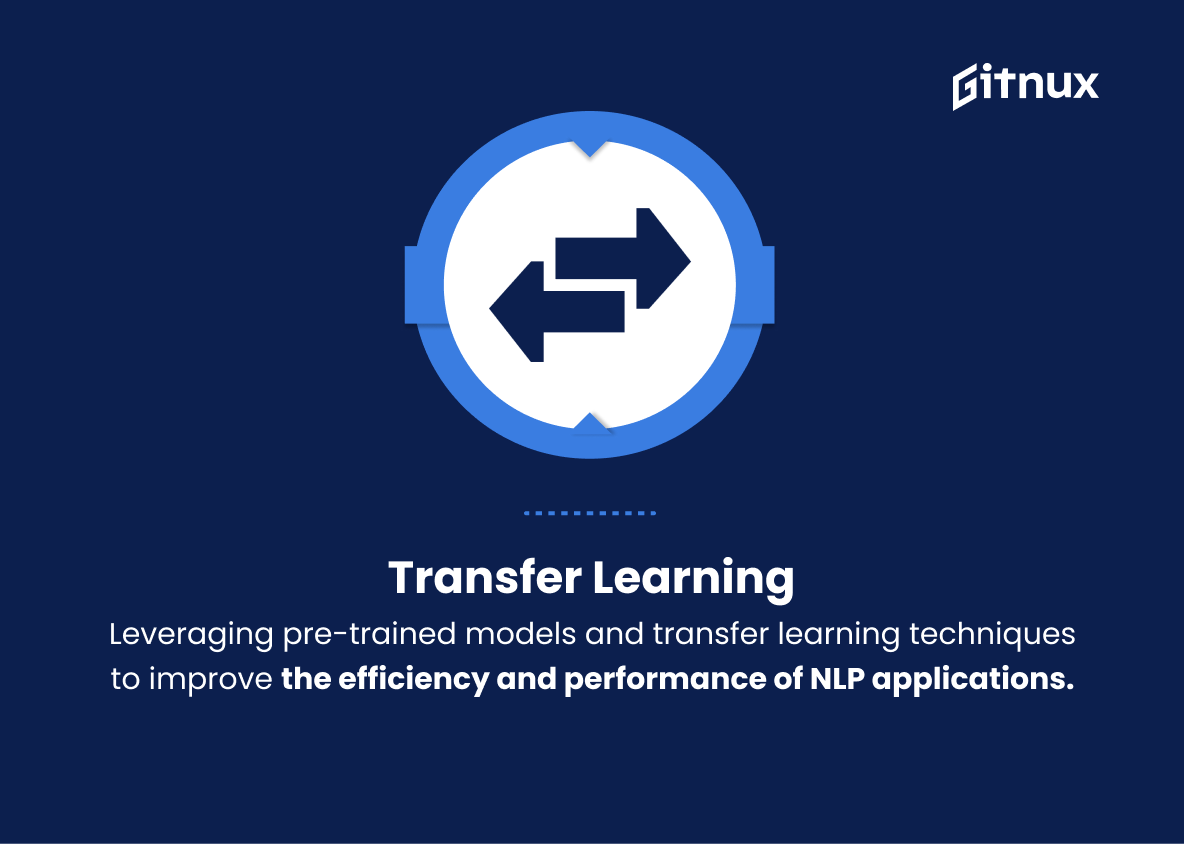As we continue to navigate through groundbreaking advancements in the digital landscape, one area that consistently garners attention and sparks innovation is Natural Language Processing (NLP). This multifaceted domain empowers machines to analyze, understand, and generate human language in a way that is both meaningful and valuable.
In this blog post, we will delve into the cutting-edge NLP trends that are revolutionizing the way we interact with technology and transforming industries across the globe. Join us as we uncover the latest breakthroughs, challenges, and future prospects of NLP that have the potential to redefine the way we communicate, do business, and comprehend data.
Top NLP Trends
1. Conversational AI
Advanced AI-powered chatbots and virtual assistants will increasingly leverage NLP technologies to better understand and communicate with users, offering more human-like interactions and personalized experiences.
2. Sentiment Analysis
NLP tools will become increasingly adept at identifying and categorizing sentiments, emotions, and opinions in various forms of text (e.g., reviews, social media, customer support), allowing businesses to make informed decisions based on customer feedback.
3. Speech Recognition
Improved speech recognition algorithms will enhance transcription services, voice command systems, and real-time language translation applications.
4. Advanced Text Analysis
NLP systems will evolve in their capabilities for text summarization, topic modeling, keyword extraction, and content generation or optimization.
5. Automated Machine Translation
NLP technologies will advance in their ability to provide accurate and context-aware translations, breaking down language barriers and promoting global communication and collaboration.
6. Language Modeling
Deep learning-based language models, such as GPT-3, will continue to advance, improving AI’s abilities to produce coherent and contextually appropriate text or code.
7. Information Extraction
NLP will facilitate improved information extraction, such as named entity recognition, relationship extraction, event extraction, and entity linking for better business insights and decision-making.
8. Multimodal NLP
Integration of NLP with other AI fields, such as computer vision and speech recognition, to allow for more sophisticated, context-aware conversational AI and virtual assistants.
9. Low-resource Language Processing
Development of NLP tools and algorithms for low-resource languages, expanding access to advanced language processing capabilities for underrepresented communities.
10. Ethics and Fairness
Growing concern and research focusing on ethical and unbiased NLP models that prevent the propagation of stereotypes, biases, and offensive language.
11. Explainable NLP
Development of more transparent and easily interpretable NLP systems, which allow for better understanding and trust in AI-powered language technologies.
12. Privacy and Security
Improved privacy-preserving NLP techniques, such as federated learning and differential privacy, to protect user data during language analysis.
13. Transfer Learning
Leveraging pre-trained models and transfer learning techniques to improve the efficiency and performance of NLP applications.
14. Domain-specific NLP
Enhancements in NLP tools and libraries specifically catering to various industries, such as healthcare, legal, finance, and education.
15. Speech Synthesis
Increased sophistication of speech synthesis technologies, providing more natural-sounding voices in various languages, accents, and styles.
These trends indicate that NLP technologies will continue to evolve rapidly, transforming the way humans interact with machines and unlocking new opportunities in various domains.
Implications
In the near future, the landscape of natural language processing (NLP) will be shaped by several key trends that promise to revolutionize the way we interact with AI, build smarter businesses, and communicate across linguistic boundaries. The rise of conversational AI will enable more human-like and personalized engagement with virtual assistants, while sentiment analysis will empower businesses to make data-driven decisions based on customer emotions and opinions.
As speech recognition and synthesis technologies become increasingly sophisticated, voice command systems and real-time language translation applications will flourish, and advanced text analysis will be harnessed for content generation, summarization, and optimization. Improved automated machine translation and language modeling will break down global barriers, facilitating seamless communication and collaboration.
Moreover, information extraction will drive better decision-making, and multimodal NLP will open doors for more context-aware applications. As we develop NLP tools for low-resource languages, the benefits of these technologies will be extended to underrepresented communities.
The need for ethical, explainable, and unbiased NLP models will give rise to important research and initiatives, while privacy and security will play a critical role in ensuring data protection during language analysis. Furthermore, transfer learning and domain-specific NLP will enhance the performance and efficiency of various applications in industries such as healthcare, legal, finance, and education. Ultimately, these trends suggest a future where NLP technologies will not only reshape human-machine interactions, but also catalyze new possibilities in diverse domains.
Conclusion
As we close our discussion on the latest NLP trends, it is clear that this rapidly advancing field holds immense potential for a myriad of applications. From natural language understanding and sentiment analysis, to improved conversational AI and machine translation, the opportunities for innovation are abundant.
As more developers, organizations, and industries harness the power of NLP techniques, we can anticipate a future where technology is increasingly capable of understanding, interpreting, and augmenting human language. With continuous exploration and advancements, the integration of NLP technologies into our daily lives will become seamless, leading us to a more efficient, effective, and truly interconnected world.

